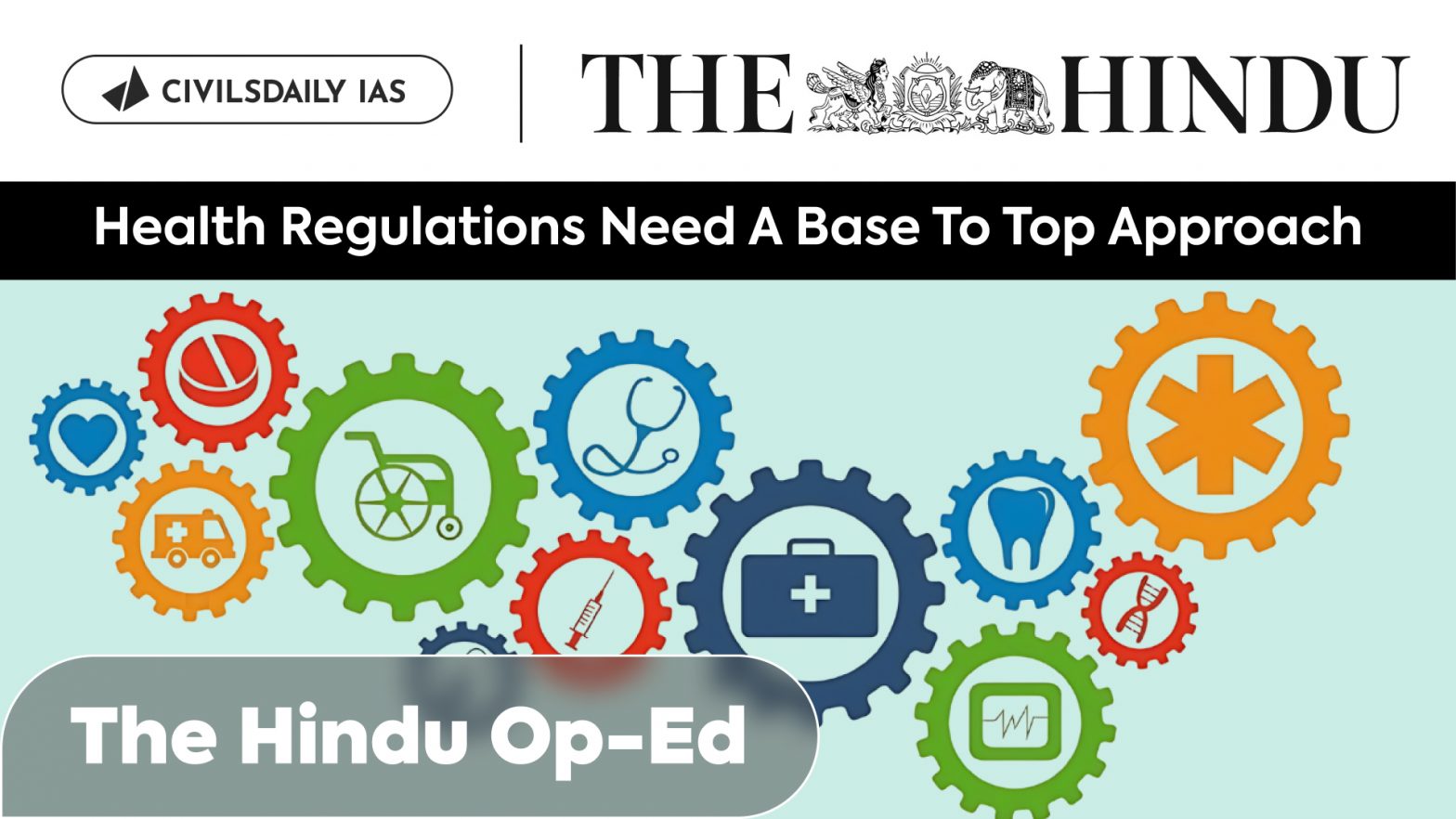| PYQ Relevance Q The public health system has limitations in providing universal health coverage. Do you think that the private sector can help in bridging the gap? What other viable alternatives do you suggest? (UPSC IAS/2015) Q In order to enhance the prospects of social development, sound and adequate health care policies are needed particularly in the fields of geriatric and maternal health care. Discuss. (UPSC IAS/2020) |
Mentors comment: In the last week of May, a tragic fire at a private neonatal care nursing home in New Delhi shocked everyone. Political parties started blaming each other, and the media exaggerated by incorrectly claiming that many nursing homes in Delhi operate without a license. Despite the intense media coverage, the incident has been largely forgotten, leaving the grieving parents behind. Instead of focusing on who to blame, it’s important to recognize that such tragedies are usually the result of systemic failures—in this case, the failure of health-care regulations.
Let’s learn–
Why in the news?
Health regulations are crucial, but their implementation in India needs to be thoughtful and carefully balanced.
Regulation and standards in the Indian health care system
- Excessive and Complex Regulations: Some states have over 50 approvals required under multiple regulations for each healthcare facility, creating a bureaucratic burden. Despite the complexity, there is a perception among officials that the private health sector is under-regulated.
- Unrealistic Standards: Many healthcare quality standards set by the government, such as those in the Clinical Establishments (Registration and Regulation) Act, 2010, and the Indian Public Health Standards (IPHS), are considered unrealistic and difficult to implement. Only a small percentage of government primary healthcare facilities meet these standards despite their aspirational goals.
Mixed health-care system in India
- Diverse Healthcare Providers: India’s healthcare system includes both government and private sector providers, ranging from single-doctor clinics and small nursing homes to large corporate hospitals, each serving different population segments.
- Dominance of Private Sector: The private sector delivers approximately 70% of outpatient services and 50% of inpatient services, indicating a significant reliance on private facilities for health care by the Indian population.
- Regulatory and Quality Challenges: There are disparities in regulation enforcement and quality standards between the private and government sectors, with issues such as approval delays, cost of compliance, and ensuring consistent quality care across diverse facilities.
Challenges related to mixed health-care system
- Regulatory Disparities: Uneven enforcement of regulations between private and government health facilities. Overzealous regulation of private facilities while government facilities face fewer consequences for similar infractions.
- Approval Delays: Sluggish approval processes for private facilities, causing operational delays and financial strain. Long waiting periods for renewal applications, even when submitted well in advance.
- Cost and Accessibility: High cost of services in large corporate hospitals compared to smaller clinics and nursing homes. Limited accessibility of government facilities for certain populations, despite being free or low-cost.
- Differential Standards: Impractical to hold small clinics and nursing homes to the same standards as large hospitals. Need for a tiered approach to regulation, with essential and desirable standards based on facility type.
- Financial Burden: High cost of compliance with regulations for smaller facilities, potentially making health services unaffordable for patients. The a need for government subsidies or funding to help smaller providers meet regulatory standards without increasing costs for patients.
- Stakeholder Involvement: Insufficient involvement of health-care providers, facility owners, and community members in the formulation of regulations. Lack of representation from various types of facilities in regulatory processes.
- Public Perception and Trust: Political rhetoric and sensational media coverage undermining trust in health-care providers. Potential for increased violence against health-care providers due to public mistrust.
- Infrastructure and Safety: Inconsistent emphasis on essential safety measures like fire safety across facilities. Need for equitable implementation of safety standards in all healthcare buildings.
Affordable care is one need
- Role of Small Providers: Single doctor clinics and small nursing homes are crucial for providing initial access and health services, particularly for middle-income and low-income populations. These smaller providers deliver a significant portion of health services at a lower cost compared to large corporate hospitals.
- Supportive Regulations: There is a need for regulations that support small providers to keep healthcare costs low and affordable. Guidelines should be practical and implementable, harmonizing multiple regulations and simplifying the application process with timely approval.
- Differential Approach: Regulations should recognize the different capabilities of various health facilities. Smaller clinics and nursing homes should not be held to the same standards as large hospitals to avoid escalating costs that could be transferred to patients. Essential and desirable regulatory points should be established, with regular self-assessments and inspections to ensure compliance.
- Government subsidies and funding should be considered to help smaller facilities adhere to necessary regulations without increasing costs for patients.
Why do we need to Focus on the primary caregivers?
- Accessibility and Affordability: Single-doctor clinics and small nursing homes provide essential health services at a lower cost, making health care more accessible and affordable for middle-income and low-income populations.
- Primary Care Foundation: Promoting primary care helps manage health issues early, reducing the burden on secondary and tertiary care facilities and supporting the goals of the National Health Policy, 2017, for people-centric, accessible, and affordable health services.
- Sustainable Support: Simplified, fair, and collaborative regulatory processes, along with government subsidies, can help primary-care providers operate effectively, ensuring quality and safety without escalating costs for patients.
Conclusion: Primary health care is crucial for achieving the SDG goal of universal health coverage by providing accessible, affordable, and quality health services, thus reducing the burden on higher-level care facilities and promoting overall health equity.

